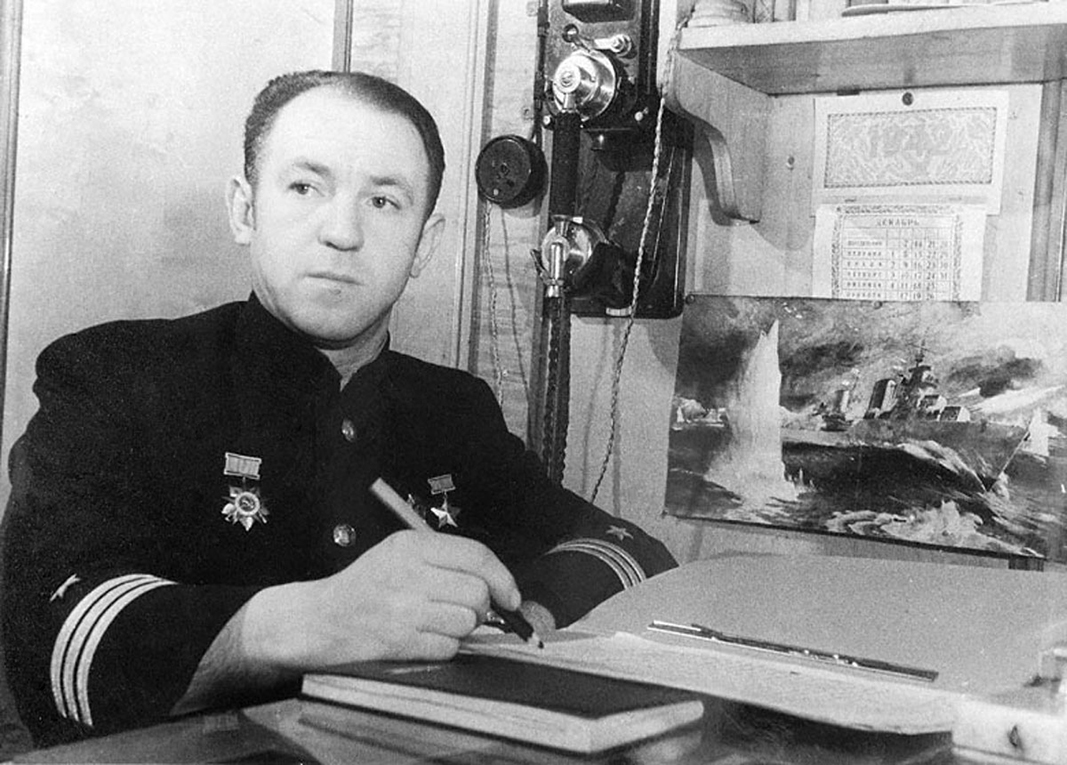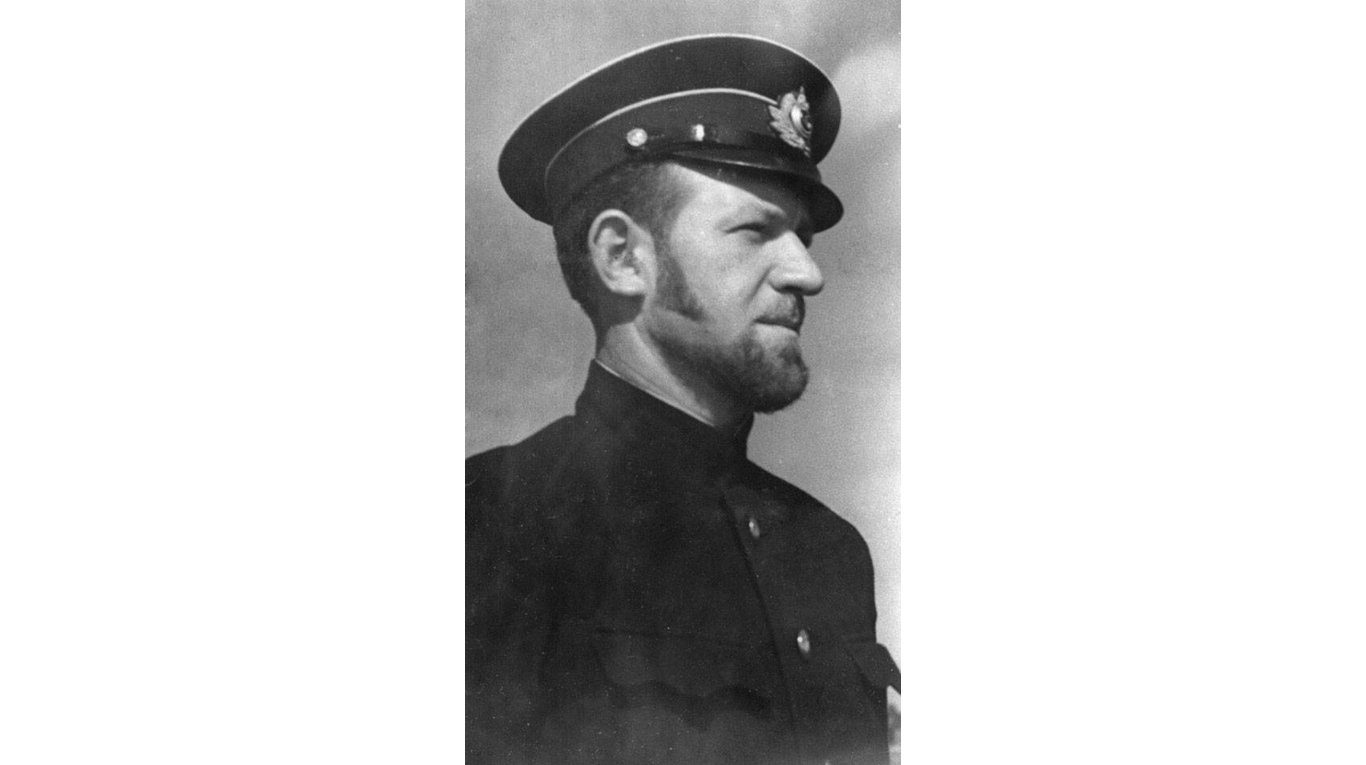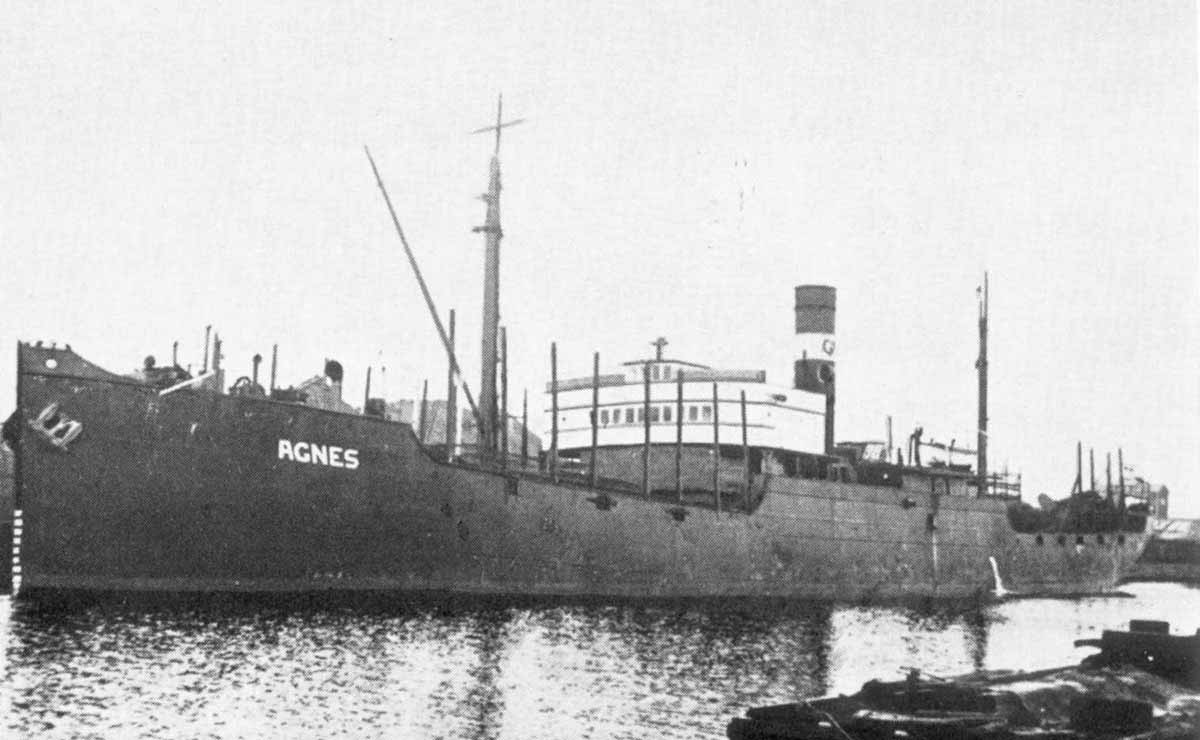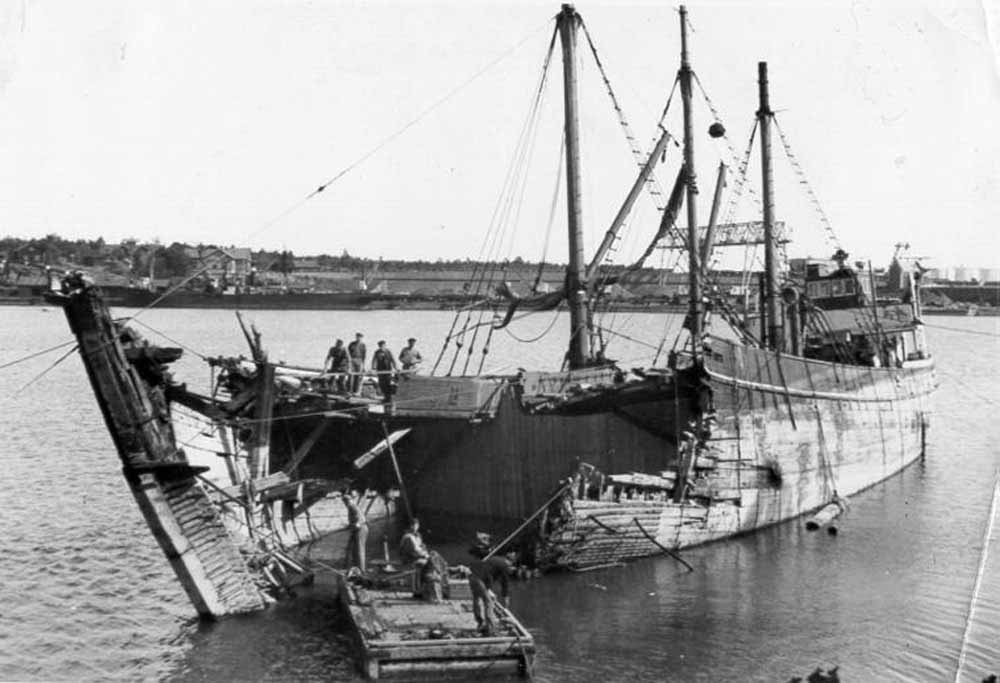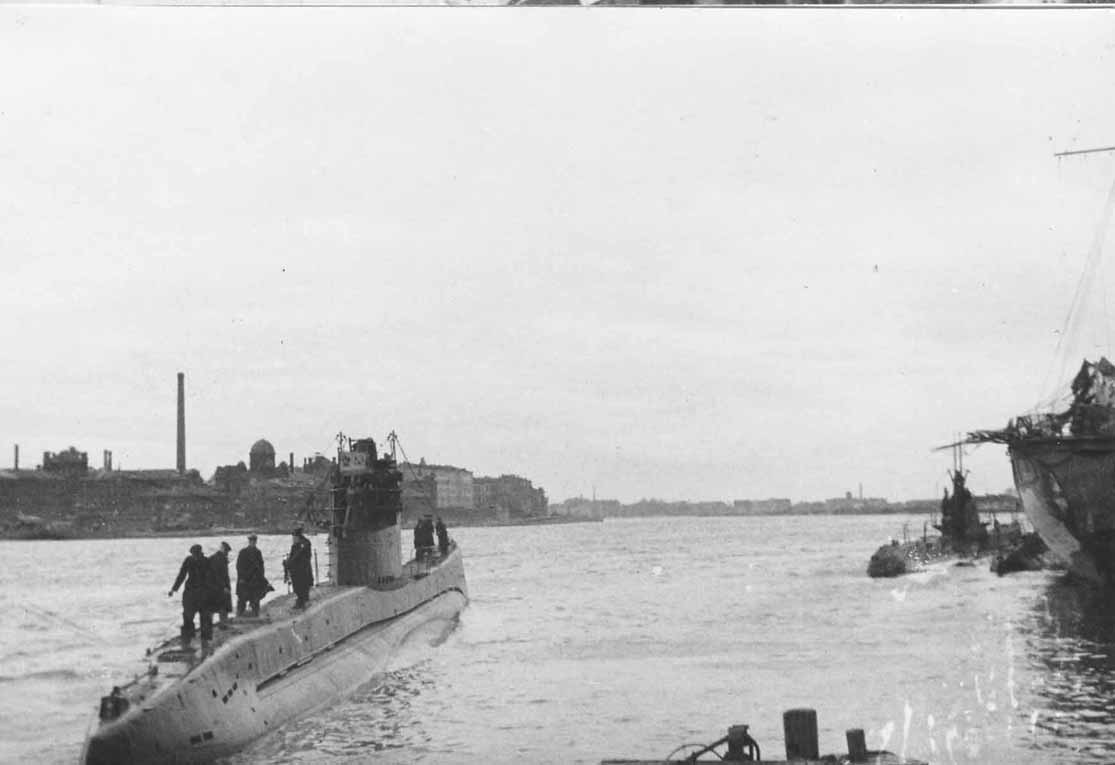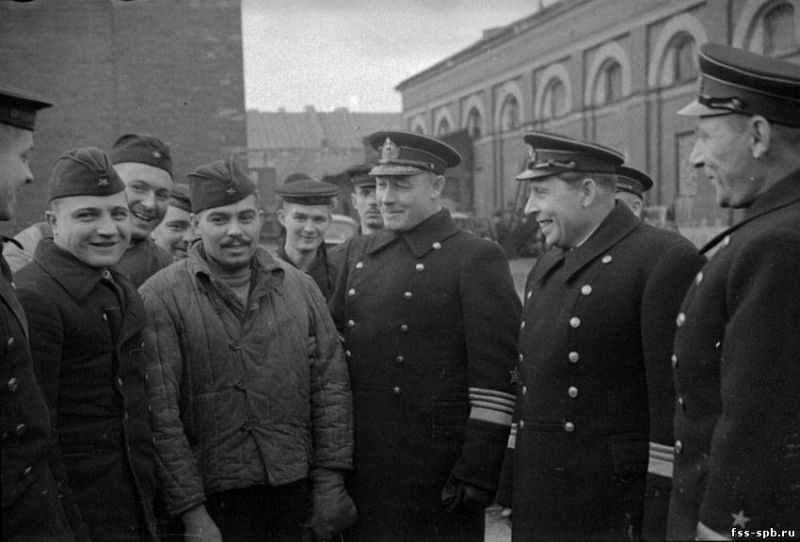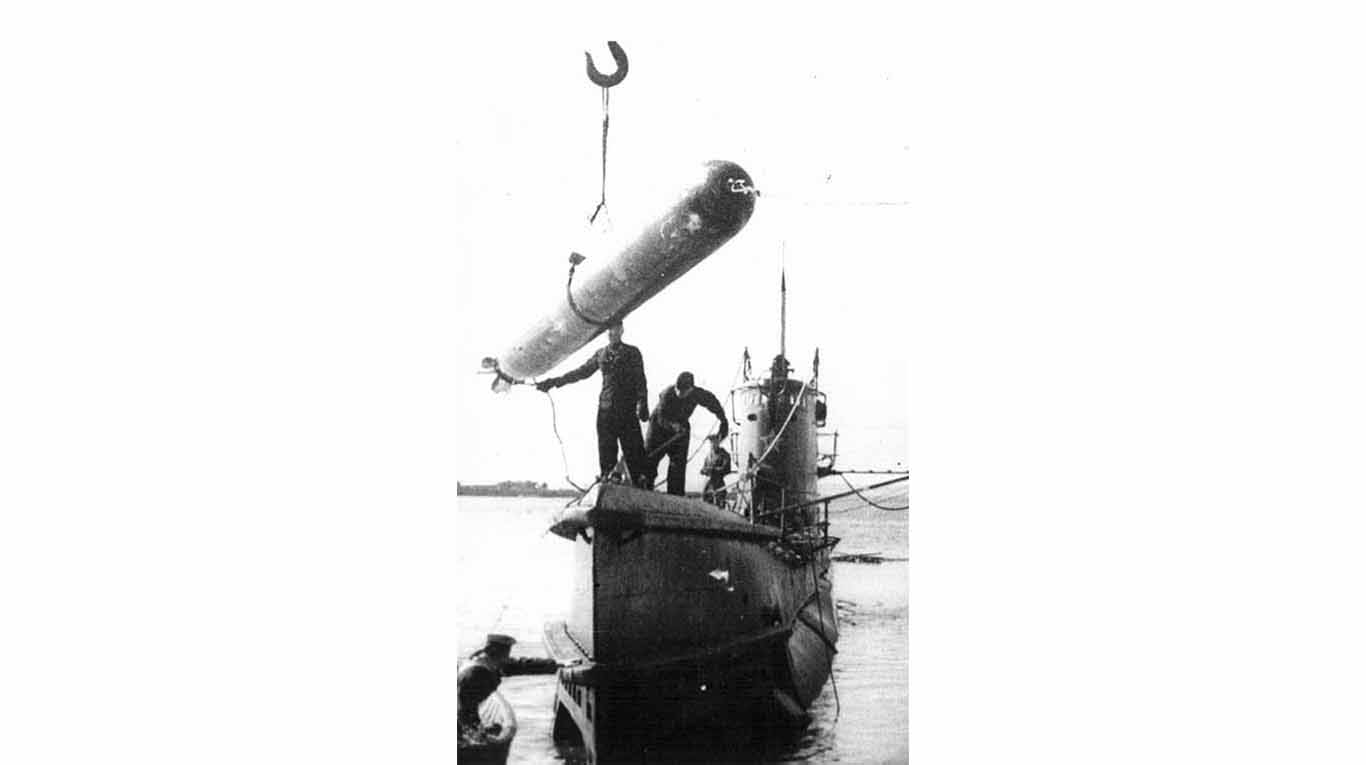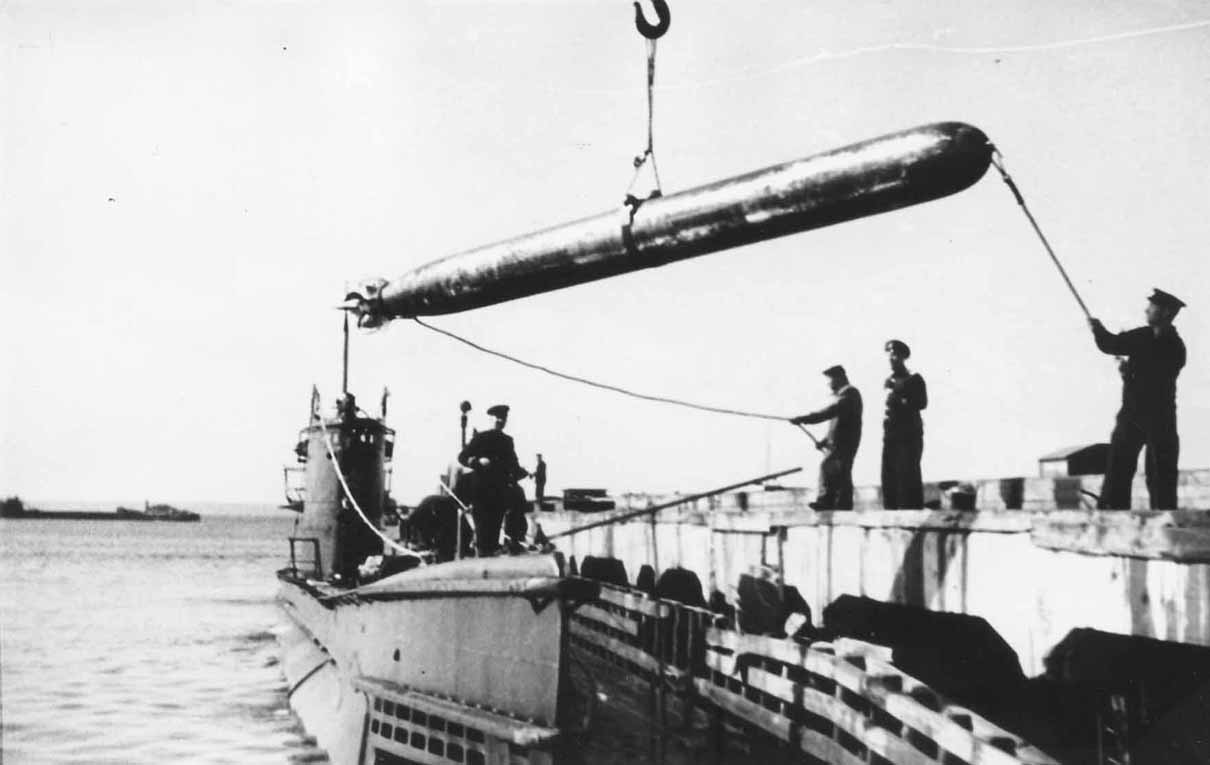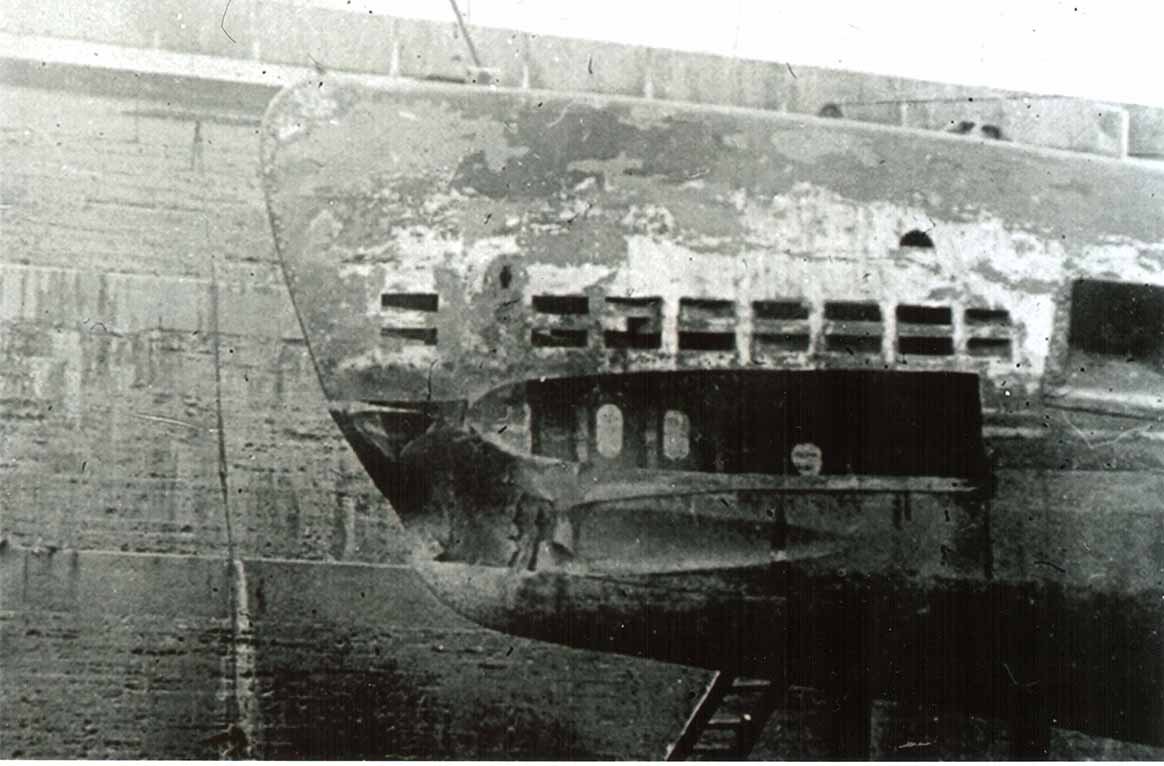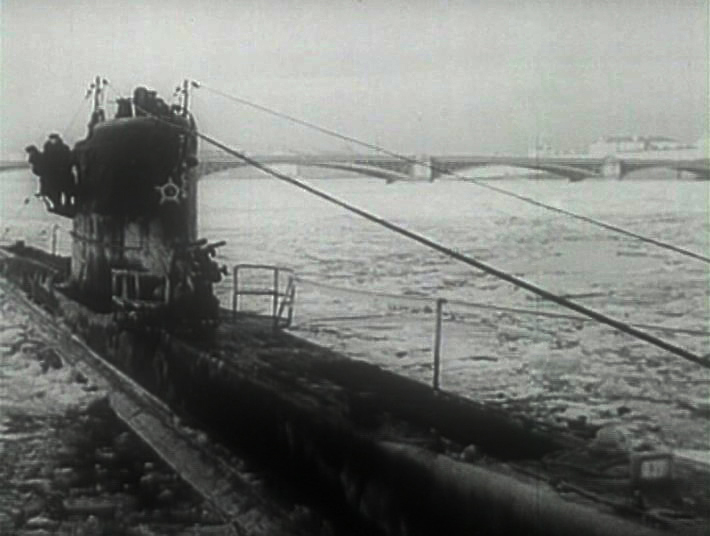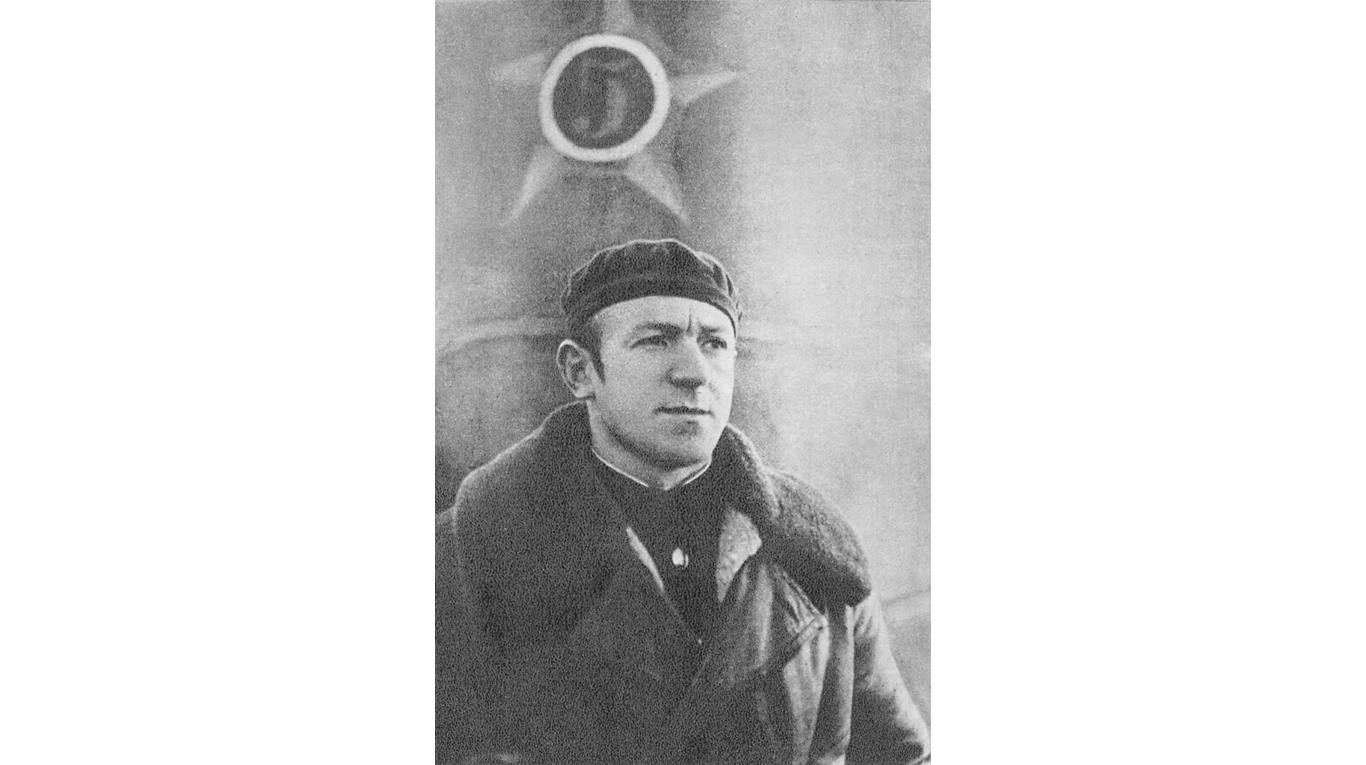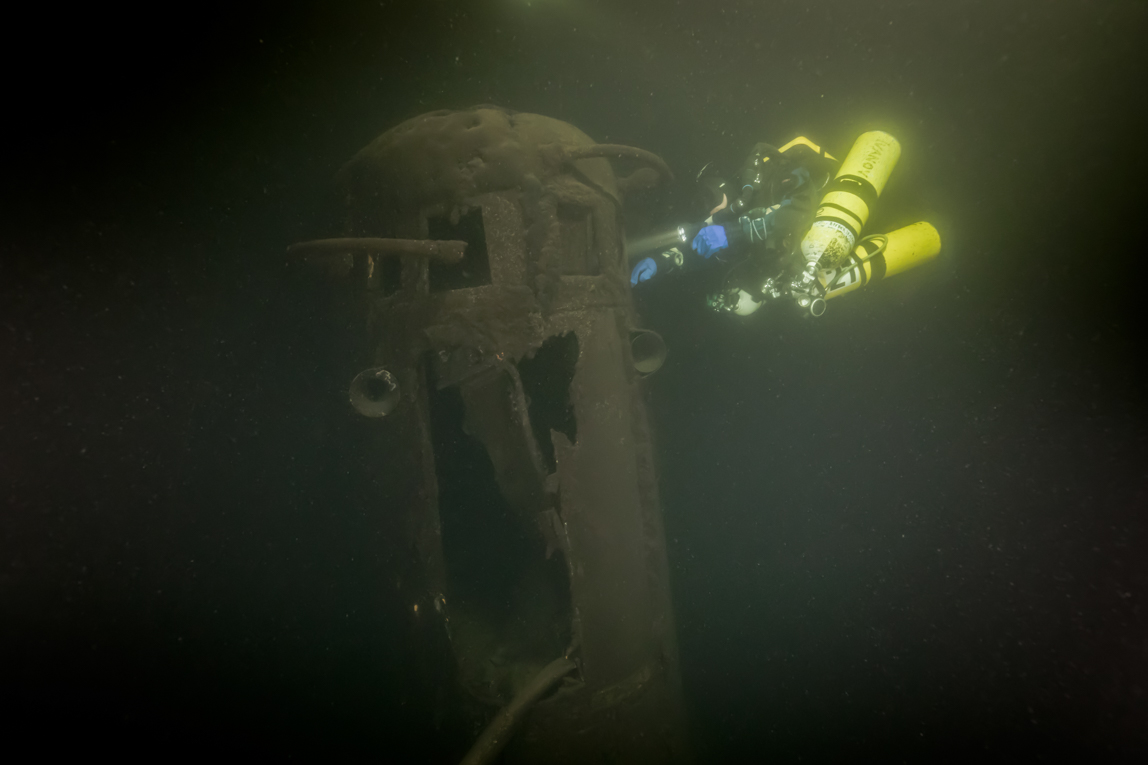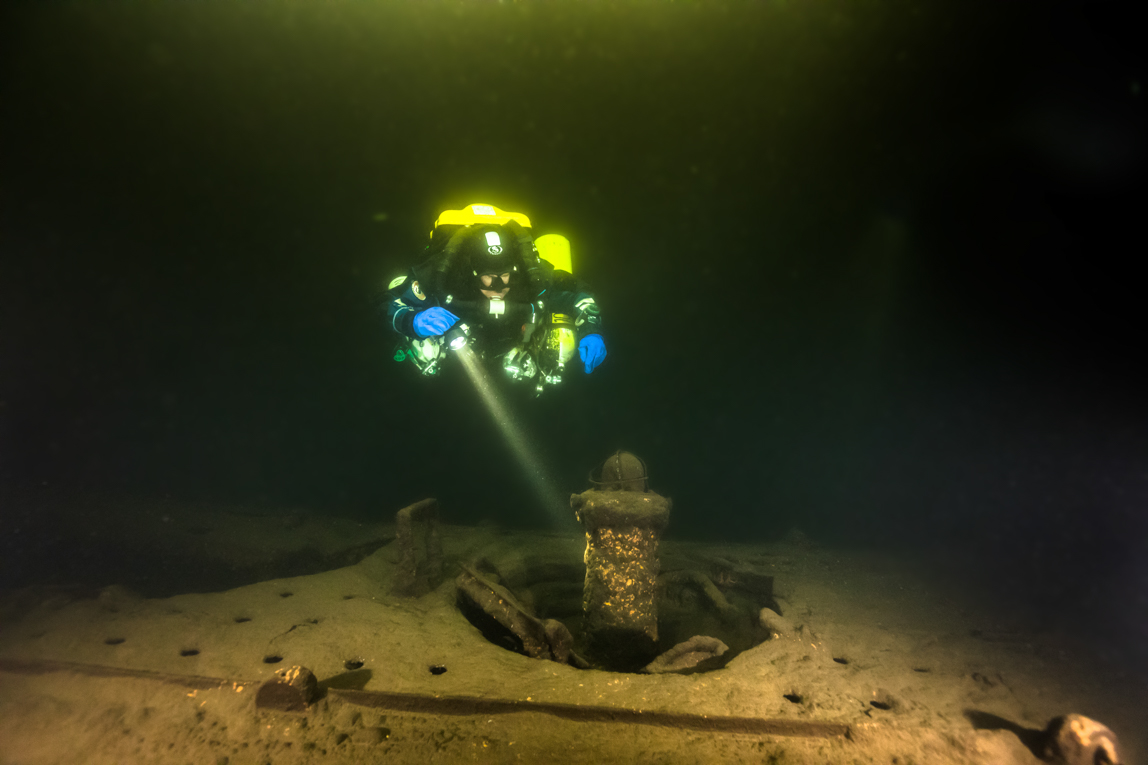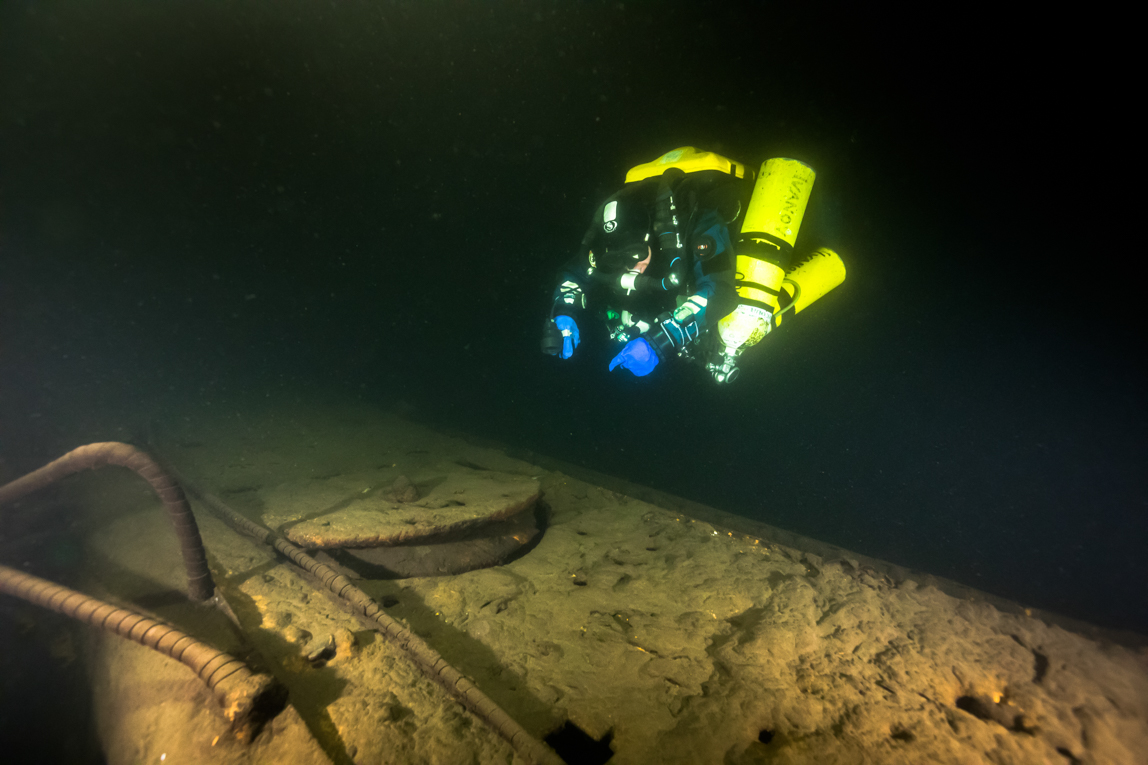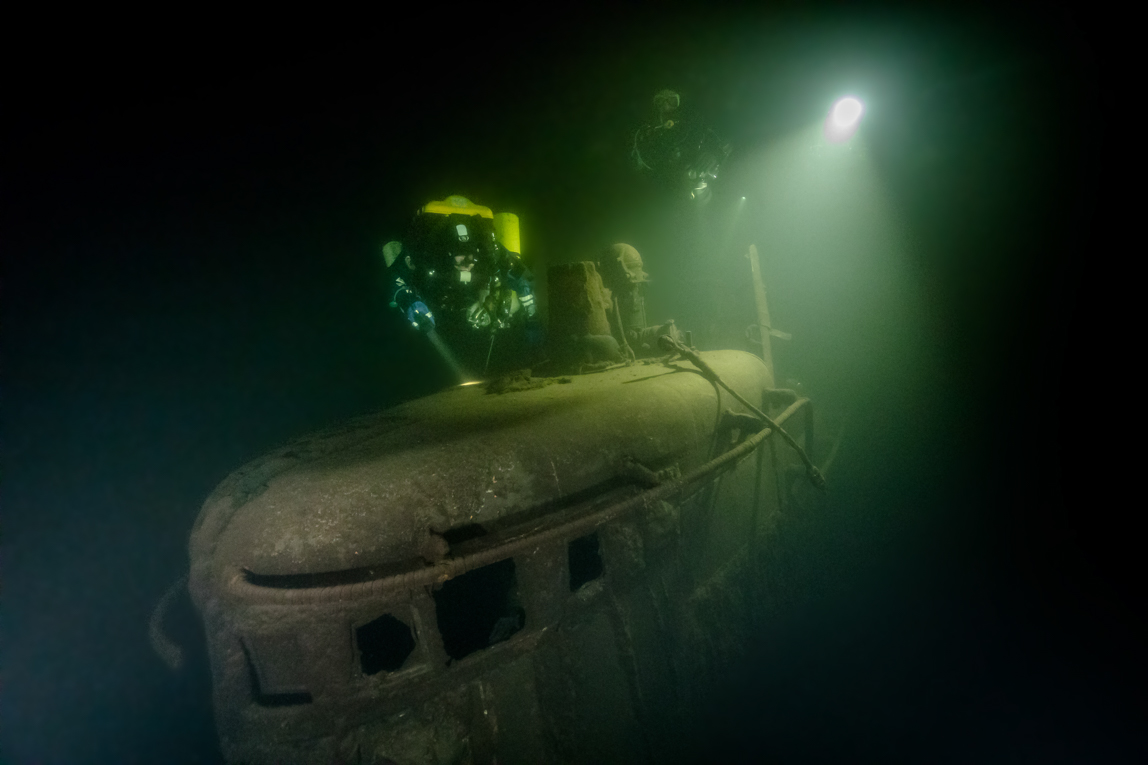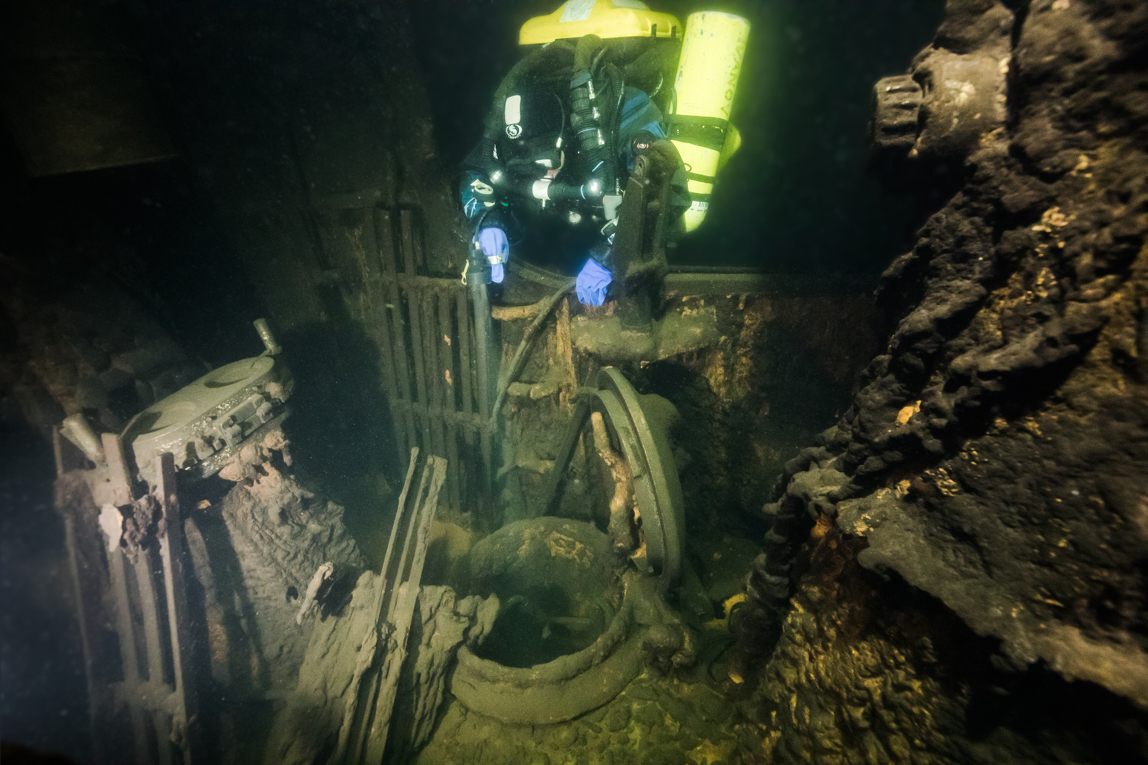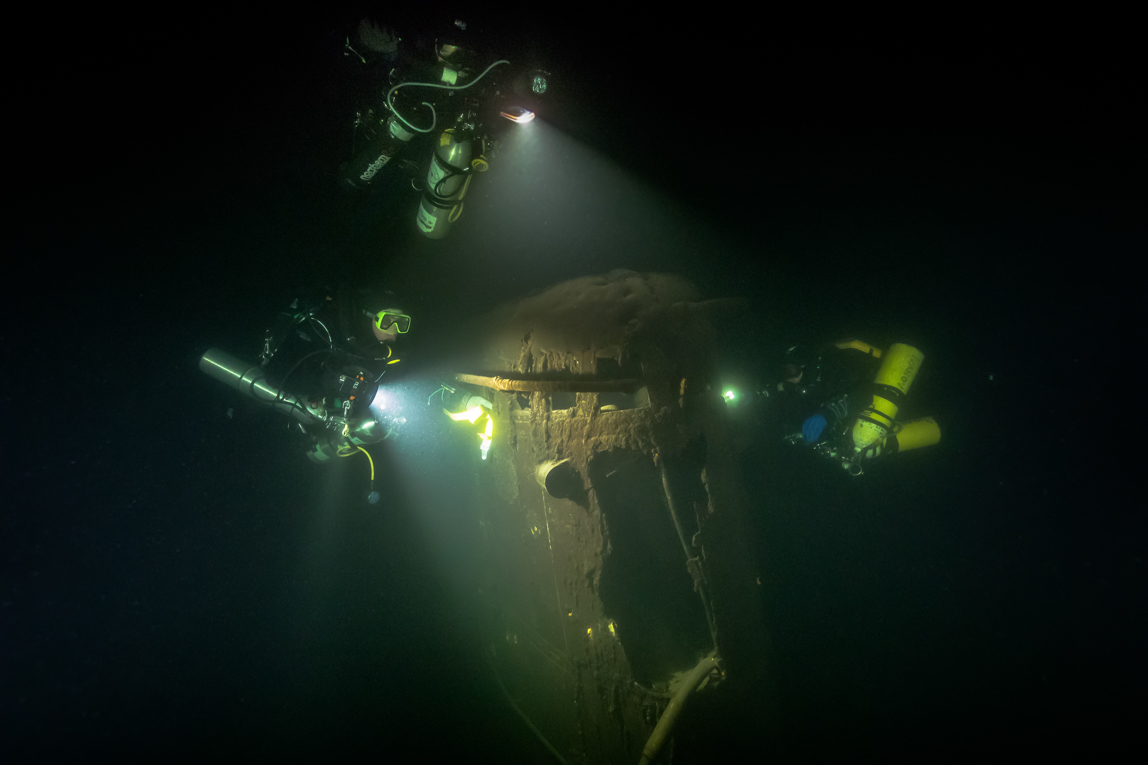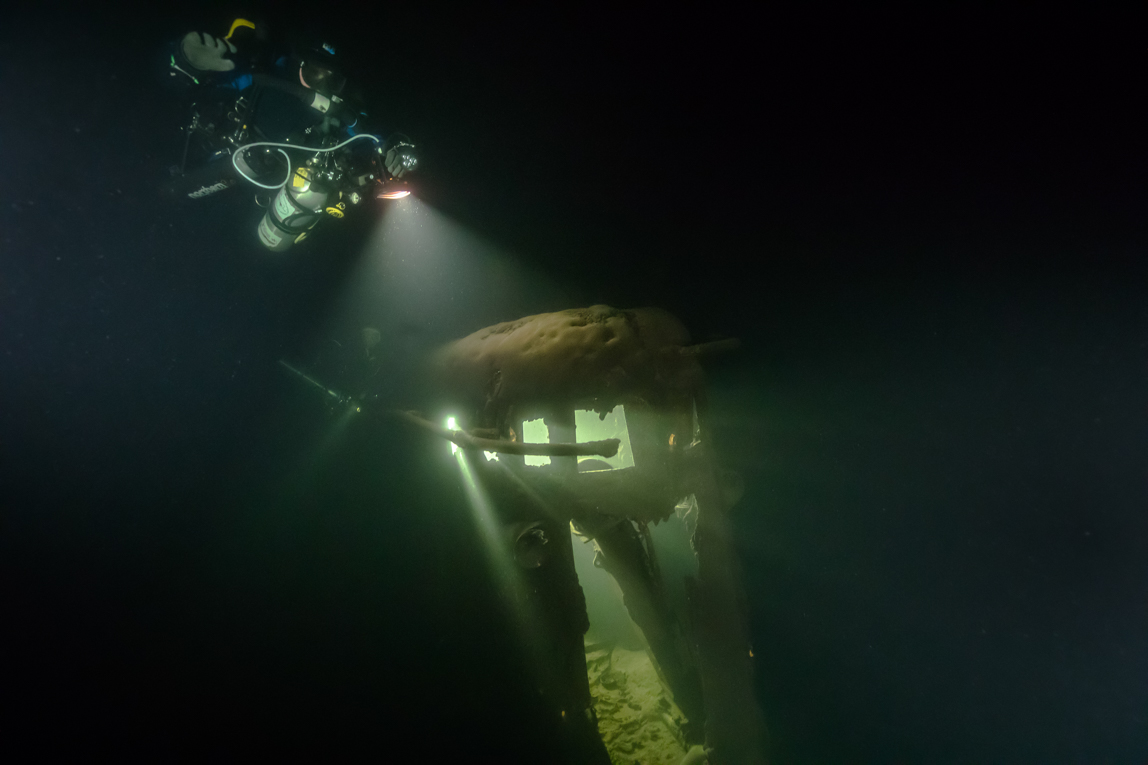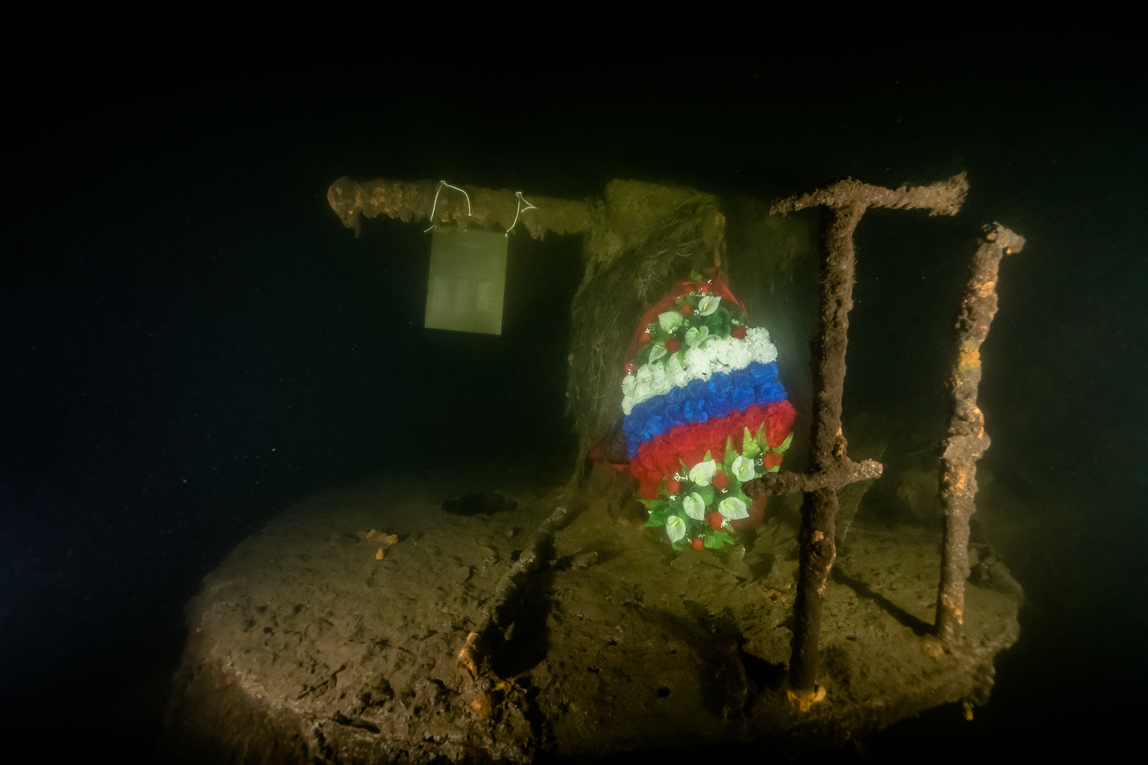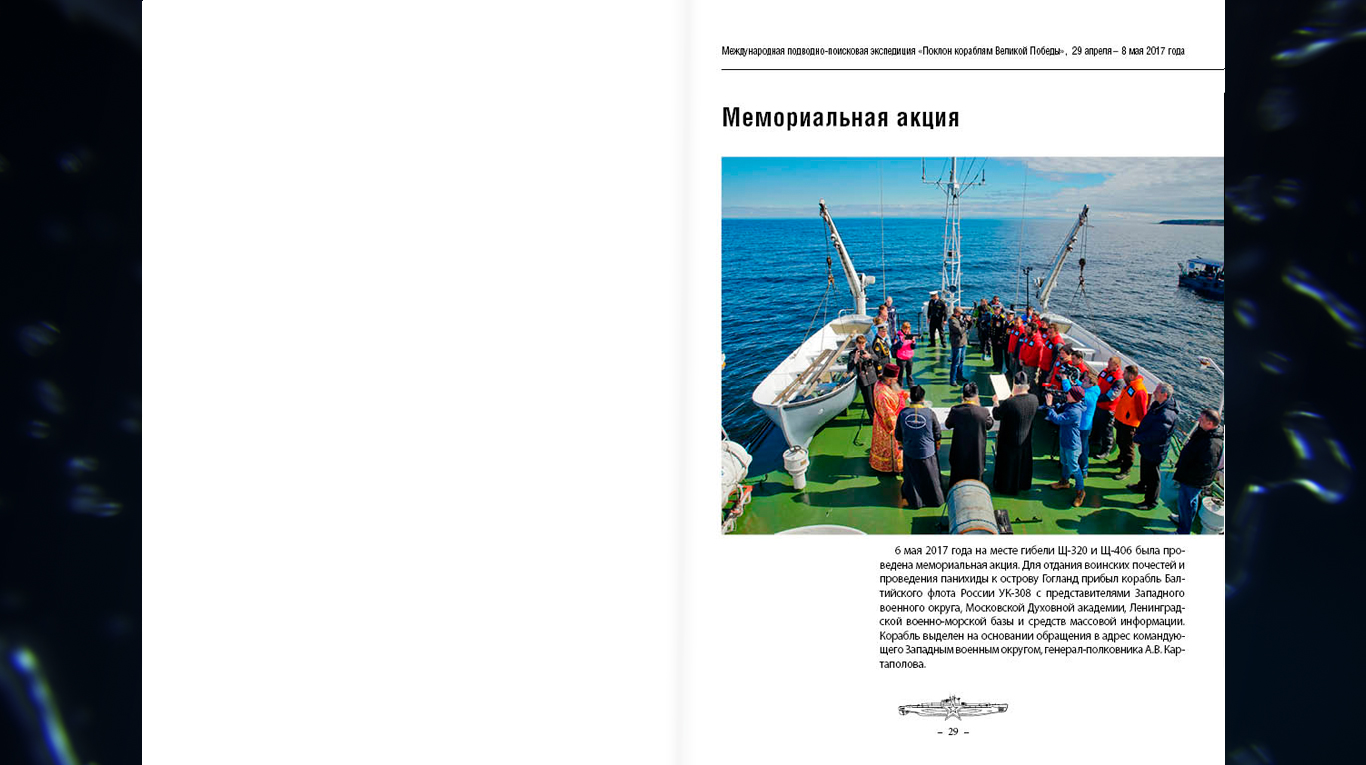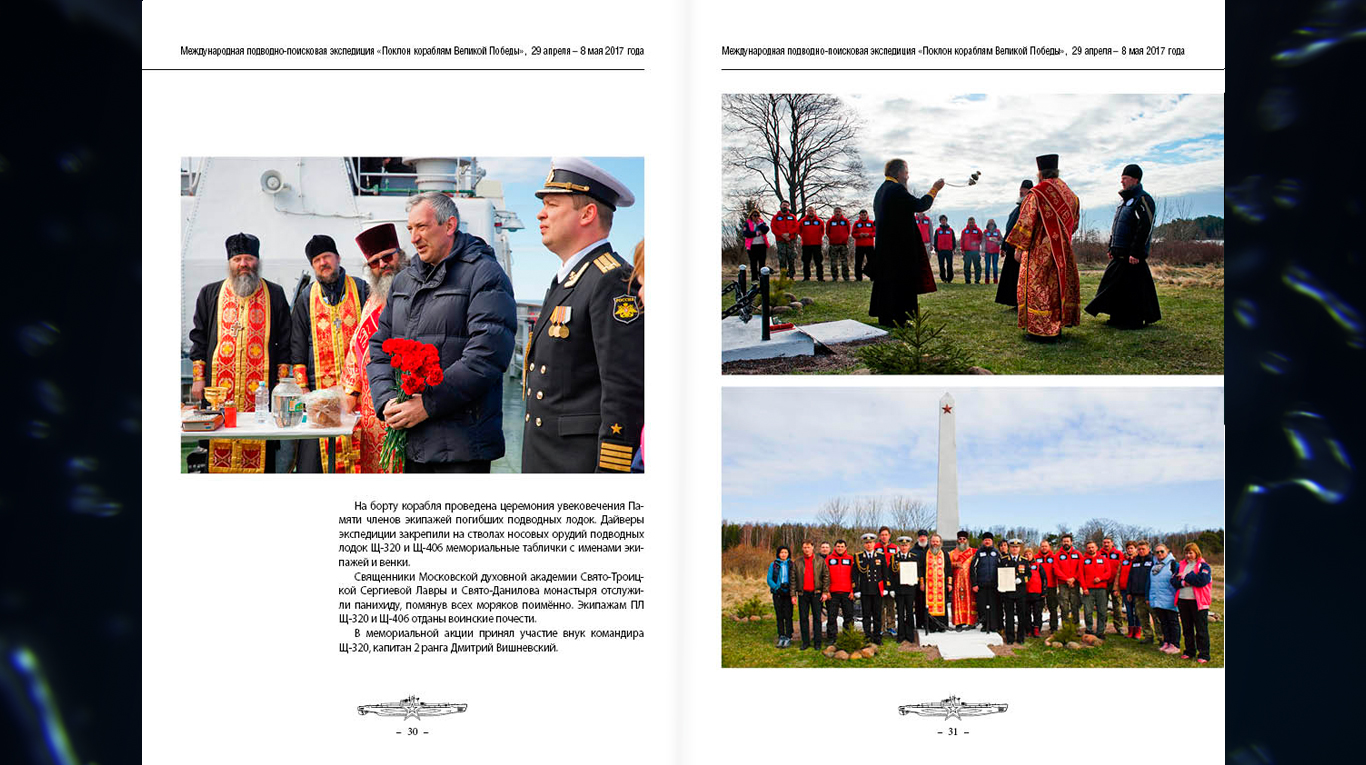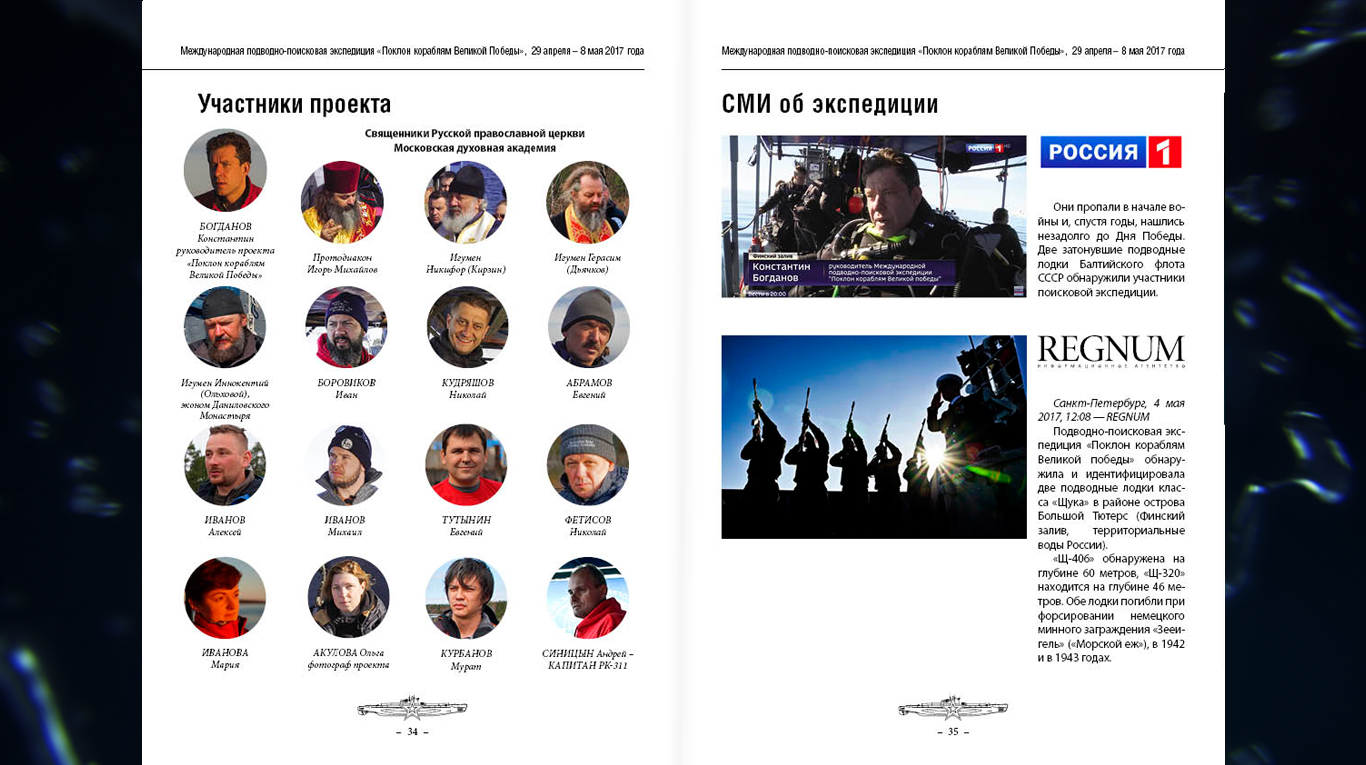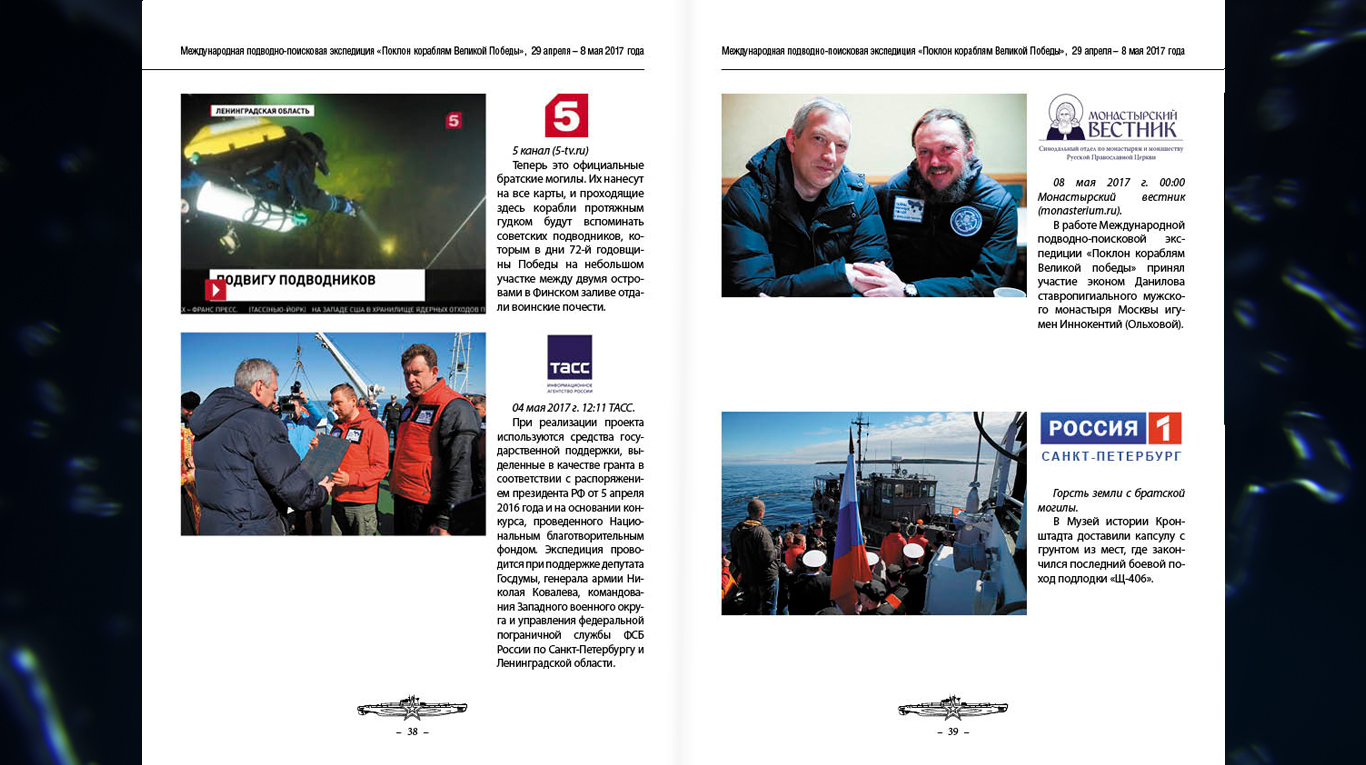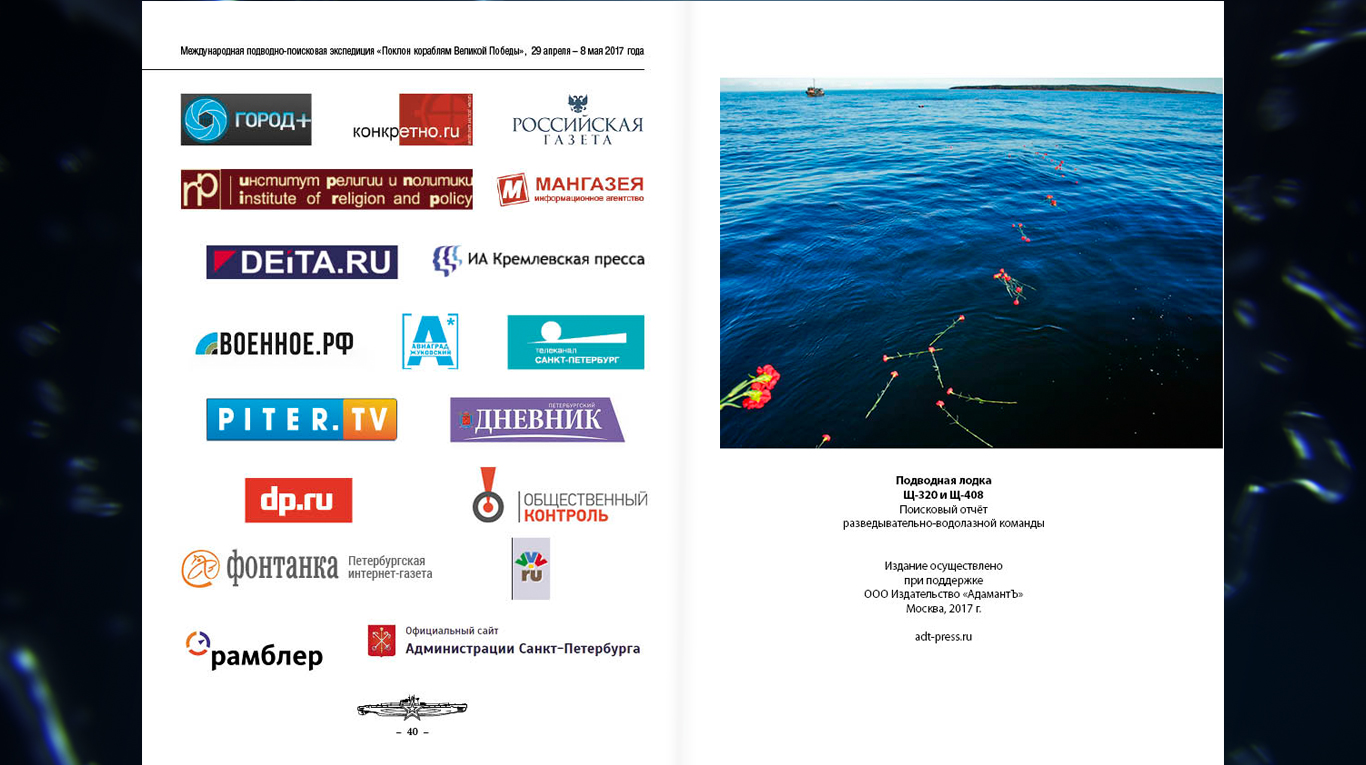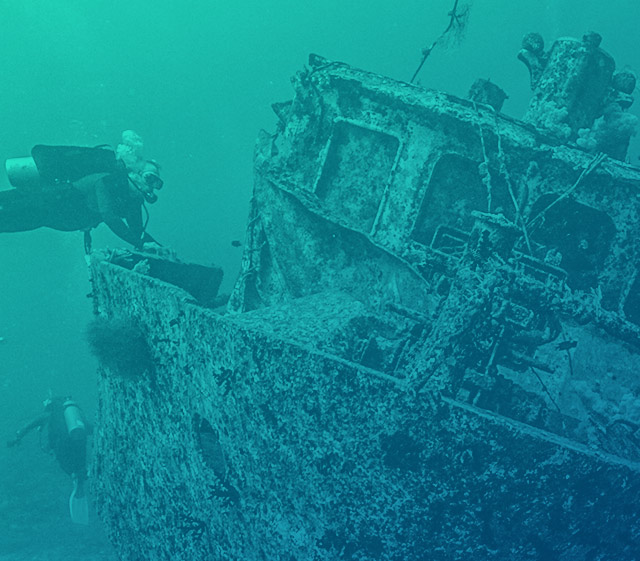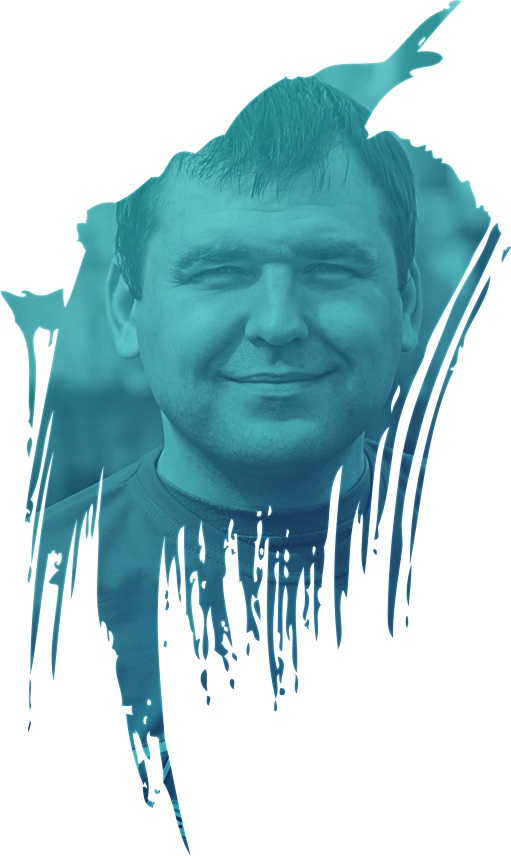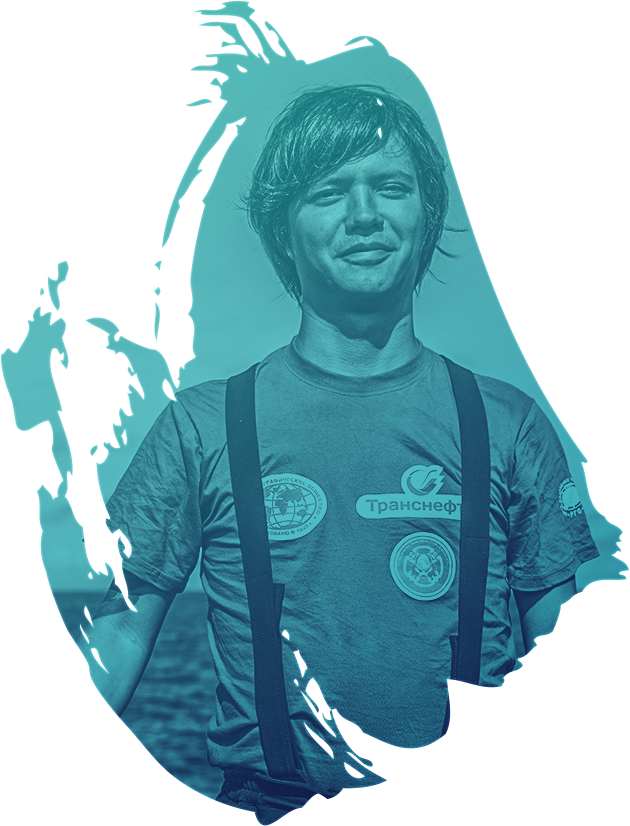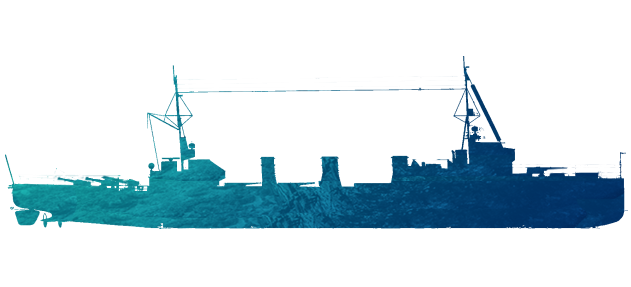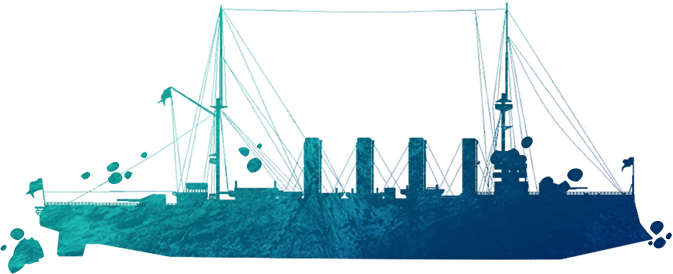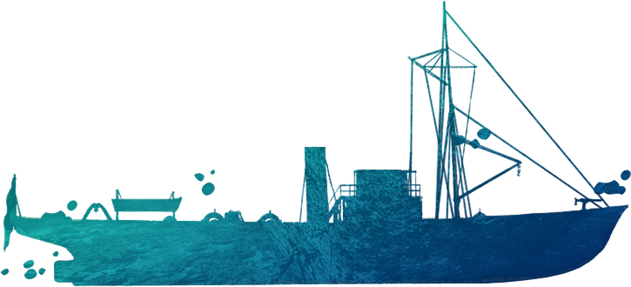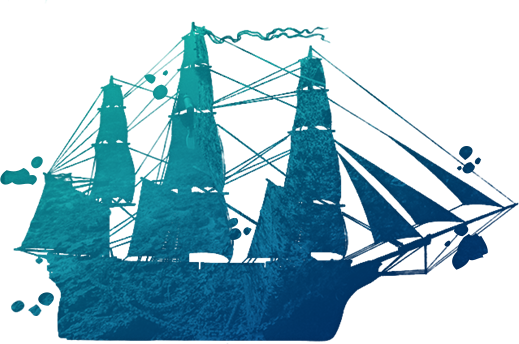Shch-406
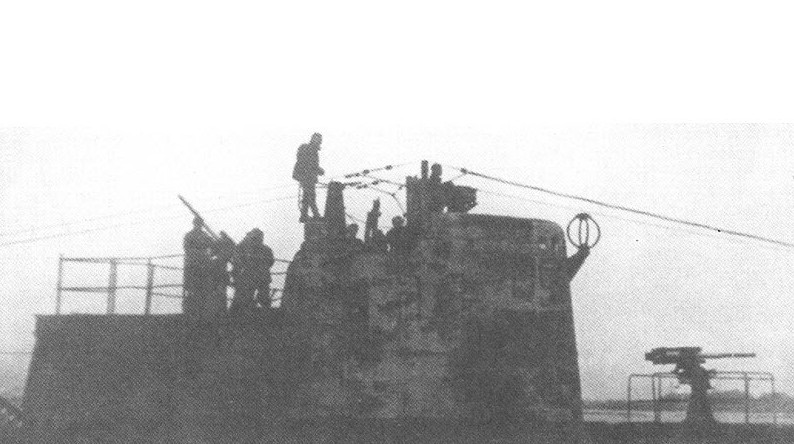
Technical data
- WWII-era Soviet Shchuka-class diesel-electric X-bis series submarine (“shchuka” is Russian for “pike”)
- Length: 58.8 meters
- Armament: 2 x 45mm guns, 6 x torpedo tubes (4 x bow, 2 x stern), 10 x torpedoes
- Crew: 40 men
- Lost without a trace on 29 May 1943
- Found and identified in the area of Bolshoy Tyuters Island by our team on 2 May 2017. She sank as a result of a mine explosion in the German “Seeigel” (Sea Urchin) minefield.
- Depth: 60 meters
Submarine history
Shch-406 is one of the most famous Soviet Baltic Fleet submarines. The submarine took part in three combat campaigns (four combat campaigns counting the last one, when she sank) under the command of Hero of the Soviet Union Evgeny Osipov. During these campaigns, the submarine crew carried out 12 torpedo attacks and launched 18 torpedoes.
According to the official data, Osipov managed to sink five ships. However, the success of two attacks has not yet been confirmed.
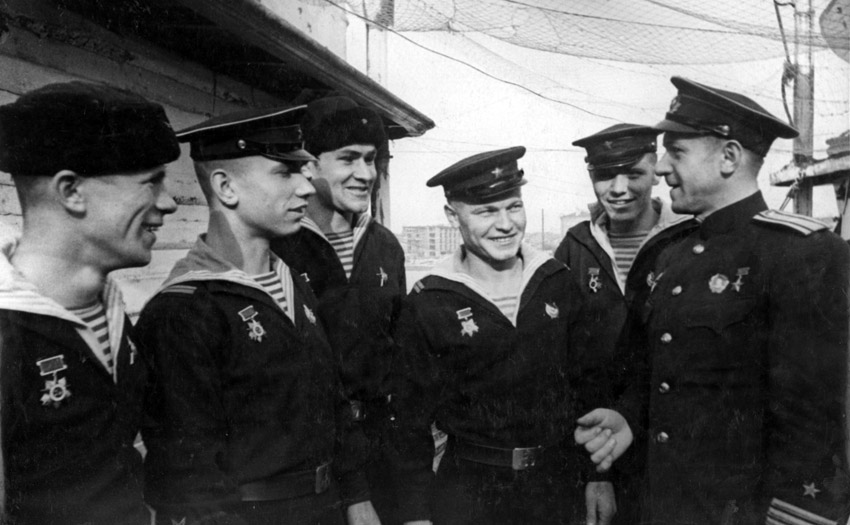
Osipov was a very famous and lucky Navy Commander. The results of Shch-406’s patrols were used in propaganda hailing the achievements of Soviet submarines. This boat was mentioned in Soviet military chronicles (see the Russian-language video below, which shows Shch-406 in action beginning at 3:40 min). Osipov is one of two Soviet Baltic Fleet submariners who received the title Hero of the Soviet Union.
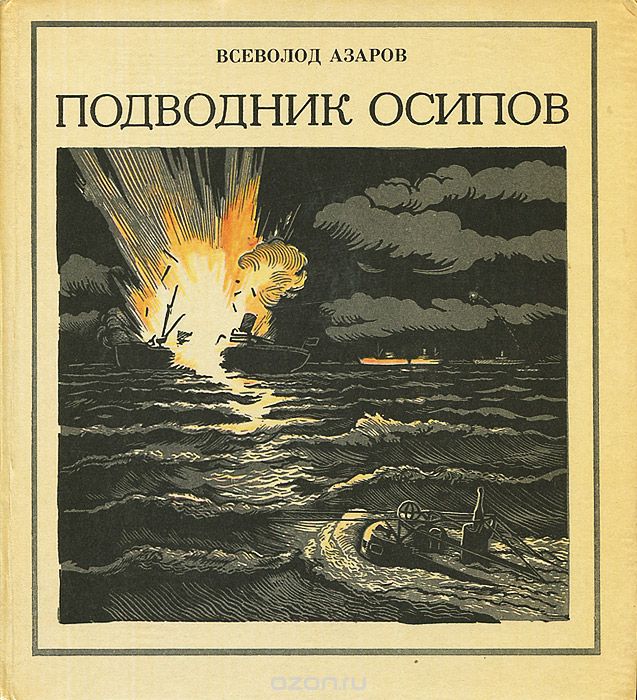
Her fourth and final combat patrol started at on 25 May 1943. The target was to cross the minefields and enter the open Baltic Sea.
After a few days, the submarine was loaded with fuel and provisions at the last Soviet Navy base on Lavensaari Island. On 29 May 1943, she left Lavensaari, submerging just past the island, and disappeared for 74 years.
You can find more details about the sub’s history at the following sites (Russian only): “World War II under water” and Wikipedia.
You can also scroll through the album below to see a few historical photos of Shch-406 and her crew:
There were a few hypotheses about the sub’s fate:
- She sank after a mine explosion at the “Seeigel” minefield
- She sank as a result of a successful ASW attack near Nargen-Porkkala
- She sank after a mine explosion at the “Nashorn” minefield
- She sank as a result of an attack by ASW forces near the Porkallan-Kalbod lighthouse
We found the lost submarine on 2 May 2017 near the northern tip of Bolshoy Tyuters Island at a depth of 60 meters, at the coordinates of the “Seeigel” minefield, literally 500 meters from the Shch-320 wreck.
Our exploration of the wreck revealed some important details:
- Based on the design features, we identified the hull as a Shchuka-class X-bis series submarine
- Due to the wooden shelling of the hull and the anti-magnetic coil of the external components, we concluded that boat sank not earlier than 1943
- The boat’s heading is 290 degrees, on the way out of the Gulf of Finland
- The submarine sank as a result of a mine explosion on starboard side near the 1st compartment
- We found visible evidence that the surviving crewmembers attempted to leave the sinking ship: the main bridge hatch is fully open, and the stern emergency escape hatch is half-open
The boat was identified using its design features and assumptions based on historical data.
According to Finnish archives, soon after the loss of Shch-406, the body of a Soviet submariner wearing rescue gear was found on the shore of Ristisaari Island. The Finns buried the body on the island. Most likely, it was one of the ship’s crewmembers.
Discovery and identification report (PDF, Russian only)
Photos of Shch-406 made during the expedition:
3D model of Shch-406’s conning tower built using real footage
(photogrammetry technology)
Discovery and exploration report as a photo gallery (Russian only):

